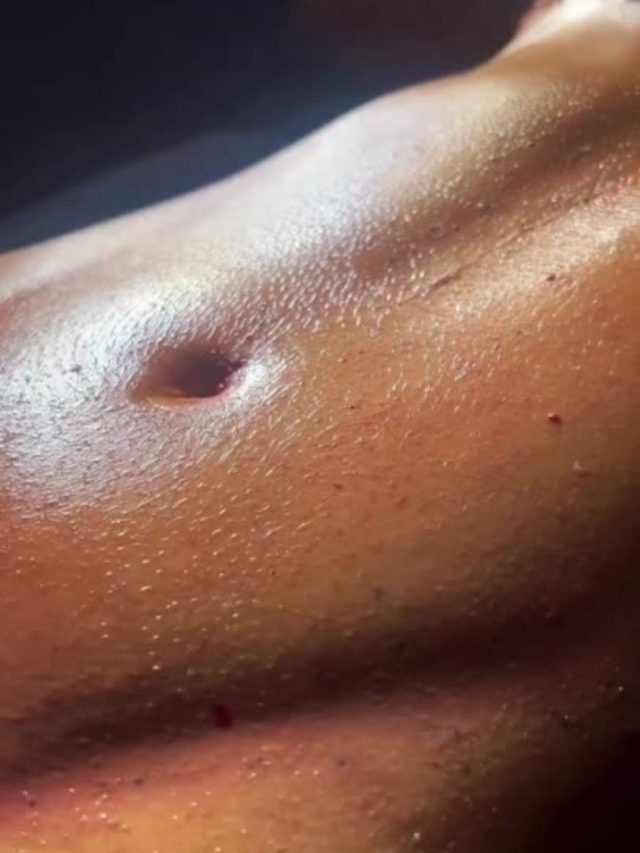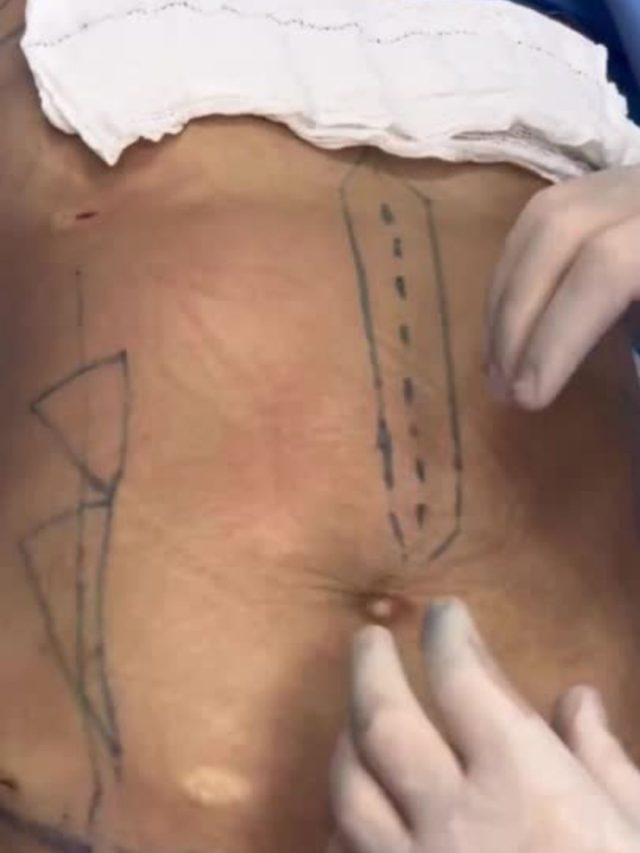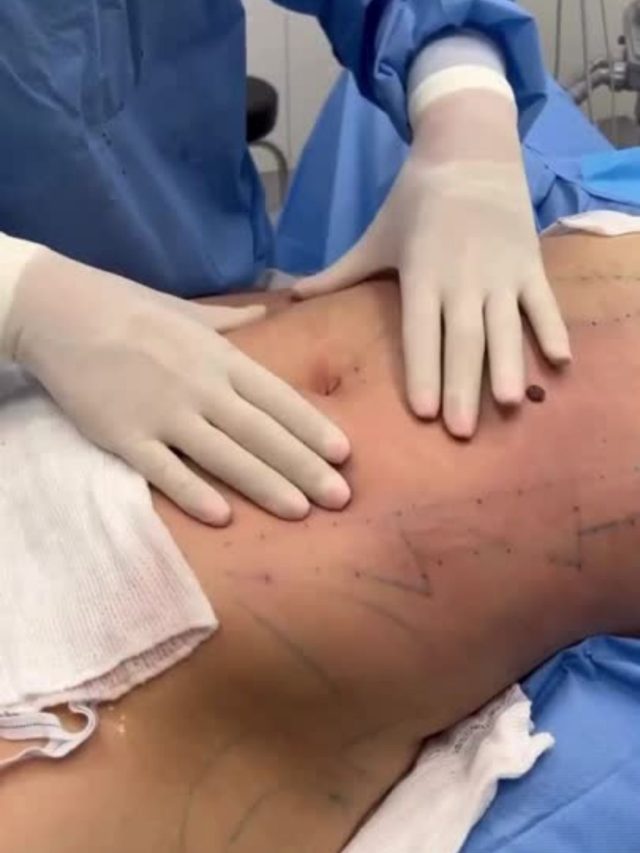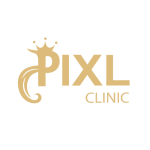360 Lipo in Turkey
360 lipo in Turkey offers a transformative solution for those seeking a more contoured and sculpted body. With its combination of affordable prices, skilled surgeons, and modern facilities, Turkey stands out as a premier destination for cosmetic surgery.
Transform Your Body with 360 Lipo: A Comprehensive Guide to Getting the Procedure Done in Turkey
If you’re looking to enhance your body contour and achieve a more sculpted physique, 360 liposuction might be the solution you’re seeking. Turkey has become a popular destination for this advanced cosmetic procedure due to its combination of skilled surgeons, modern facilities, and attractive pricing.
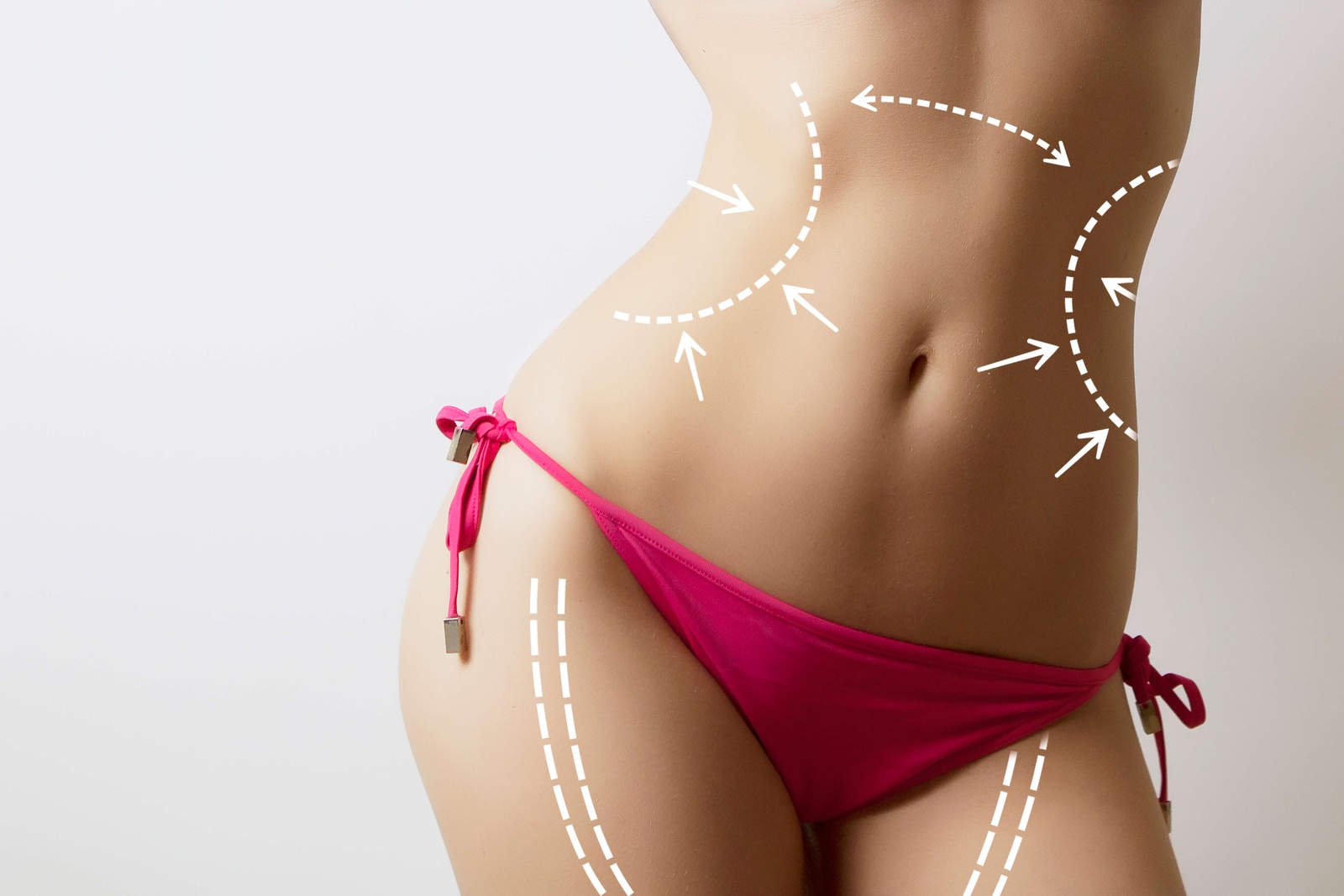
Everything You Need to Know About 360 Lipo Turkey:
Are you looking to enhance your body contours and achieve a more sculpted physique? 360 lipo, also known as circumferential liposuction, might be just what you need. This advanced fat removal technique is gaining popularity for its ability to provide comprehensive body sculpting.
What is 360 Lipo?
360 lipo is an advanced form of liposuction that targets fat removal around the entire midsection of the body. Unlike traditional liposuction, which focuses on isolated areas, 360 lipo takes a holistic approach by treating multiple regions in one comprehensive procedure. The targeted areas often include:
- Abdomen: To remove stubborn belly fat and tighten the stomach area.
- Flanks (Love Handles): To contour the sides and reduce excess fat around the waistline.
- Back: To smooth out bulges and create a seamless transition from the back to the sides.
- Upper Thighs: (Optional) For a balanced and proportionate appearance.
The aim of 360 lipo is to deliver a unified and well-defined body contour by addressing all these areas simultaneously.
Why Consider 360 Lipo?
Comprehensive Contouring: Unlike standard liposuction, 360 lipo offers a complete approach to body sculpting by targeting the entire midsection. This helps achieve a more harmonious and balanced body shape.
Effective Fat Removal: This technique is particularly effective for removing stubborn fat deposits that are resistant to diet and exercise. It provides a significant improvement in body contour and can enhance your overall appearance.
Minimal Scarring: The procedure involves small incisions, which usually result in minimal scarring. The incisions are strategically placed to be less noticeable, and scars typically fade over time.
Boosted Confidence: By achieving a more toned and sculpted physique, many patients experience increased self-confidence and satisfaction with their body image.
What to Expect During the Procedure
Pre-Operative Preparation: Before the surgery, you will have a consultation with your surgeon to discuss your goals and undergo a thorough evaluation. This may include medical history review and pre-operative tests.
The Procedure: 360 lipo is typically performed under general anesthesia or local anesthesia with sedation. During the procedure, the surgeon makes small incisions and uses a cannula to suction out excess fat from the targeted areas. The procedure generally lasts between 2 to 4 hours, depending on the extent of fat removal.
Post-Operative Care: After the procedure, you will need to wear compression garments to support healing and minimize swelling. You may experience some bruising, swelling, and discomfort, which is usually manageable with prescribed pain medication.
Recovery: Most patients can return to light activities within 1-2 weeks, but full recovery and the final results may take several months. It’s essential to follow your surgeon’s post-operative care instructions to ensure optimal healing and results.
Benefits of 360 Lipo
Enhanced Body Contour: By treating multiple areas in one procedure, 360 lipo provides a more comprehensive and balanced body contour.
Efficient Fat Removal: This technique effectively targets stubborn fat deposits, improving the overall shape and tone of your body.
Quick Recovery: While recovery times can vary, many patients find that they can return to their daily activities relatively quickly.
Long-Lasting Results: With a healthy lifestyle, the results of 360 lipo can be long-lasting. Maintaining a stable weight and regular exercise can help preserve your new body shape.
360 lipo offers a comprehensive solution for those looking to achieve a more sculpted and defined body. By targeting multiple areas in one procedure, it provides a holistic approach to body contouring that can deliver impressive results. If you’re considering 360 lipo, make sure to research your options thoroughly, consult with experienced surgeons, and understand the procedure and recovery process.
360 Lipo Cost in Turkey: What You Need to Know
If you’re considering 360 lipo for a more sculpted and contoured physique, Turkey has emerged as a top destination for this cosmetic procedure due to its blend of advanced medical care and attractive pricing. Understanding the cost of 360 lipo in Turkey is crucial for making an informed decision.
Cost Overview of 360 Lipo in Turkey
The cost of 360 lipo in Turkey can vary widely based on several factors. On average, you can expect the price to range between $3,000 to $4,000 USD.
What’s Included in the Cost?
When evaluating the cost of 360 lipo, it’s important to understand what is included:
Surgery Fee: The primary cost, which covers the surgeon’s fee for performing the procedure.
Anesthesia: Costs related to the type of anesthesia used during the surgery, whether general or local with sedation.
Hospital or Clinic Fees: Charges for the use of the operating room, medical staff, and any in-hospital care.
Pre-Operative and Post-Operative Care: This may include consultations, medical tests, and follow-up appointments.
Accommodation and Transportation: Pixl Clinic offer packages that include these extras, while others may require you to arrange them separately.
360 lipo in Turkey offers an affordable option for those seeking comprehensive body contouring. By understanding the factors that influence cost and carefully selecting your clinic and surgeon, you can make an informed decision that aligns with your budget and goals.
360 Lipo Cost in Turkey vs. Other Countries: A Comparative Guide
If you’re considering 360 liposuction (or 360 lipo) for a more sculpted physique, it’s crucial to understand how costs can vary by country. Turkey has become a prominent destination for cosmetic surgery due to its combination of high-quality care and competitive pricing. To help you make an informed decision, we’ve compared the cost of 360 lipo in Turkey with several other popular destinations for cosmetic procedures.
Comparing 360 Lipo Costs in Other Countries
United States
- Average Cost: $7,000 to $12,000 USD
- Overview: In the U.S., the cost of 360 lipo is significantly higher due to factors such as high overhead, advanced technology, and higher surgeon fees. Prices vary based on the clinic’s location and the surgeon’s expertise.
United Kingdom
- Average Cost: £5,000 to £9,000 GBP ($6,200 to $11,200 USD)
- Overview: The UK’s costs reflect its high standards of care and higher living costs. Prices can vary by city and clinic reputation. Packages often include surgery, consultations, and post-operative care.
Canada
- Average Cost: $7,000 to $10,000 CAD ($5,200 to $7,400 USD)
- Overview: Canada’s costs are comparable to those in the U.S., influenced by high healthcare costs and surgeon fees. Additional factors such as geographic location and clinic reputation can affect pricing.
Australia
- Average Cost: $8,000 to $12,000 AUD ($5,000 to $7,500 USD)
- Overview: Australia’s costs are in line with North American pricing. The cost includes comprehensive care and advanced facilities, though prices can vary based on the city and clinic.
Turkey stands out for its affordability and high-quality 360 lipo procedures compared to many other countries. By understanding the cost factors and carefully evaluating your options, you can make a decision that aligns with both your budget and your cosmetic goals.
Frequently Asked Questions
What is 360 Lipo?
360 Lipo, also known as 360-degree liposuction, is a comprehensive body contouring procedure that removes fat from the entire midsection. It targets the abdomen, waist, back, and flanks, creating a more sculpted, balanced figure by addressing fat deposits from all around the torso.
Why choose Turkey for 360 Lipo?
Turkey is a leading destination for cosmetic procedures, offering high-quality medical services at affordable prices. Many clinics in Turkey are equipped with modern technology and staffed by experienced surgeons, making it an attractive option for international patients seeking excellent results at a lower cost.
What is the cost of 360 Lipo in Turkey?
The price of 360 Lipo in Turkey generally ranges from $3,000 to $6,000, depending on the clinic, surgeon’s experience, and whether additional services such as accommodation and aftercare are included. This is much lower compared to prices in the US or Europe.
How is 360 Lipo performed?
360 Lipo involves the removal of fat using a cannula inserted through small incisions. The surgeon carefully suctions out fat from the midsection, including the stomach, love handles, lower back, and sides, creating a smooth and defined contour. The procedure is typically done under general anesthesia.
What is the recovery time after 360 Lipo?
Recovery usually takes about 2-4 weeks, with initial swelling and bruising reducing within the first week. Most patients can resume light activities in 1-2 weeks, but full results may take up to 3-6 months as the body heals.
Is 360 Lipo permanent?
The fat cells removed during 360 Lipo are permanently eliminated. However, maintaining the results requires a healthy lifestyle, including regular exercise and a balanced diet. Significant weight gain after the procedure can alter the results.
What are the risks of 360 Lipo?
While generally safe, 360 Lipo carries potential risks like any surgery, including infection, scarring, fluid accumulation, uneven contours, and skin irregularities. Choosing a qualified, experienced surgeon minimizes these risks.
How long does the 360 Lipo procedure take?
The procedure typically takes between 2-5 hours, depending on the amount of fat being removed and the areas being treated. It is usually done as an outpatient surgery, though an overnight stay may be recommended in some cases.
What aftercare is provided after 360 Lipo?
Most clinics in Turkey provide extensive aftercare, including follow-up consultations, post-surgery medications, and advice on wearing compression garments to reduce swelling and promote healing. Many clinics offer packages that include accommodation and transportation.
Will I have scars after 360 Lipo?
Scars from 360 Lipo are generally minimal, as the incisions used for liposuction are small and strategically placed. The scars will fade over time with proper care.
Can 360 Lipo be combined with other procedures?
Yes, 360 Lipo is often combined with other cosmetic procedures like tummy tuck, breast lift, or Brazilian butt lift (BBL). Combining procedures can maximize results and reduce overall recovery time.
How should I prepare for 360 Lipo in Turkey?
Before undergoing 360 Lipo, you should consult with your surgeon to discuss your goals and medical history. You may need to undergo certain medical tests and follow pre-surgery instructions, such as avoiding smoking and certain medications.
How long should I stay in Turkey for 360 Lipo?
Most patients are advised to stay in Turkey for about 7-10 days. This allows time for the procedure, initial recovery, and follow-up appointments. Many clinics provide assistance with travel arrangements and accommodation.
Do I need a visa for medical tourism in Turkey?
Depending on your nationality, you may need a visa to enter Turkey. However, many countries offer visa-free travel or easy-to-obtain e-visas for short stays.
What areas are treated with 360 Lipo?
360 Lipo targets the entire midsection, including the abdomen, lower back, waist, and flanks. It aims to sculpt and enhance the natural shape by treating fat all around the torso, rather than focusing on just one area.

